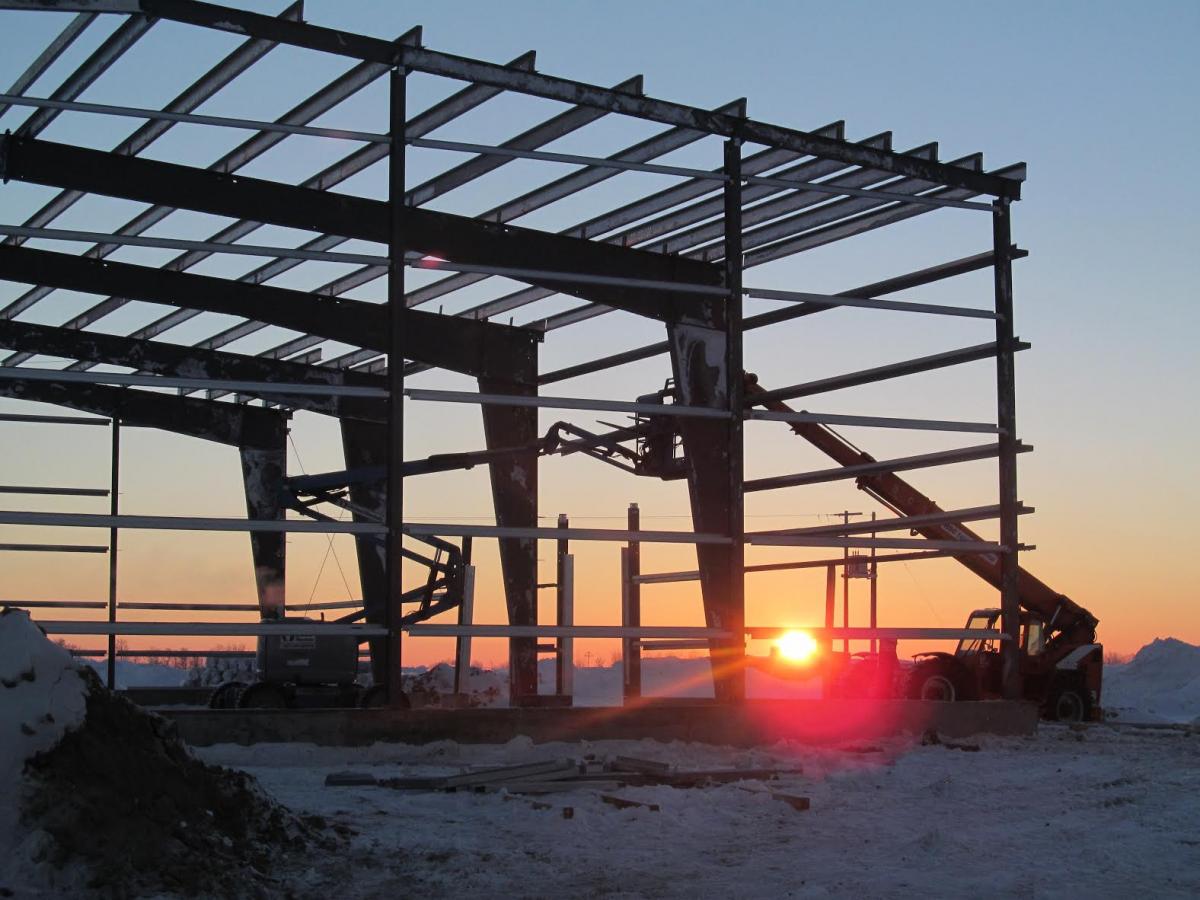The Science Behind Metal Buildings: What Makes Steel So Special

Metal buildings are built to last thanks to their steel framework.
When we think of steel, we usually picture something that is strong and durable such as a stainless-steel appliance, a surgical instrument, and even the Empire State Building. A popular building material used in pre-engineered metal buildings, steel can withstand maximum strain without falling, breaking or warping, and it’s also resistant to rot, fire, and other elemental damage. So what makes steel so unique? It's all in the science:
What Is Steel?
The properties of steel may seem complicated, but they come from a group of alloying metals, which are mixed with carbon.
Alloy steel is considered a ferrous metal, which means it contains iron. However, some alloy steel, as used in steel building manufacturing, can contain non-ferrous metals.
Ferrous metals include:
- Cast iron
- Wrought iron
- Mild steel
- High-strength steel
- Tool Steels
- Carbon steel
Non-ferrous metals include:
- Aluminum
- Chromium
- Copper
- Nickel
- Titanium
- Zinc
How Steel is Made
Steel is produced from iron ore, which is mined from the earth's crust. Impurities such as nitrogen, phosphorus, silicon, and sulphur are removed from the ore before it is smelted in a blast furnace and alloyed with a small amount of carbon. The carbon hardens the iron and increases its strength.
Other alloying elements are added to produce different grades of steel.
Common Types of Steel Used in Metal Buildings
Alloy steels, which are used to manufacture steel building parts, include elements of non-ferrous (iron) metals such as chromium, nickel, manganese, and vanadium. These metals all play a role in giving pre-engineered buildings their strength and making them more durable, without increasing their weight.
For example, nickel and manganese give steel more tensile strength, which increases the stabilization in a building. Chromium increases the hardness and melting temperature of steel, while vanadium also increases the hardness and makes the steel parts less prone to stress or to crack.
Aluminum alloy coated steel is also often used in the manufacturing of metal roofing and wall panels for modular buildings, as it is corrosion resistant.
Carbon steel, where the primary alloying agent is carbon, is also known as structural steel because of its strength. It is used to build fasteners and bolts as well as large
structural beams that are used in everything from storage buildings to skyscrapers and bridges.
Learn why steel is the best choice for agricultural buildings by reading: 5 Reasons Why You Should Choose a Pre-Engineered Steel Barn Over Wood.
Metal Structure Concepts is the leading designer and installer of pre-engineered steel buildings for commercial, industrial, agricultural, storage, retail, and other uses in Western Canada. Contact us for a quick quote on steel building prices for your project.